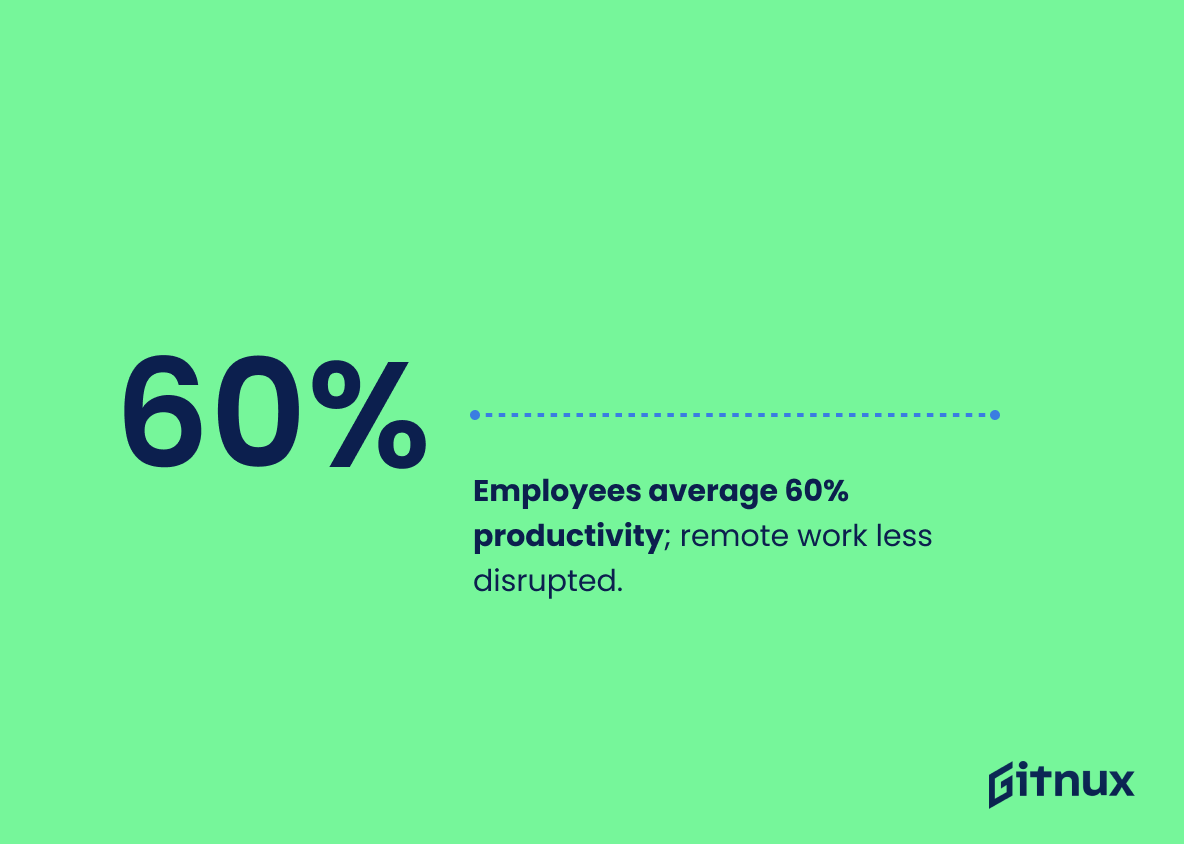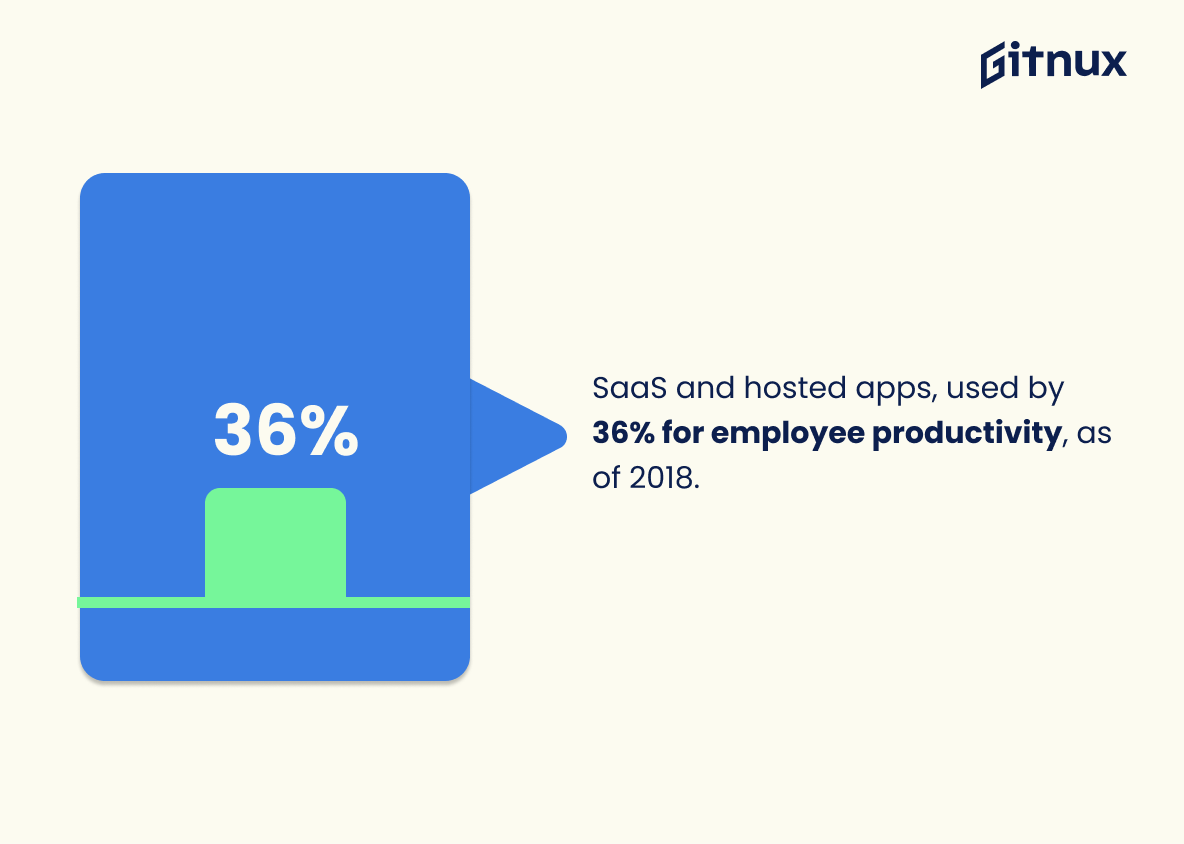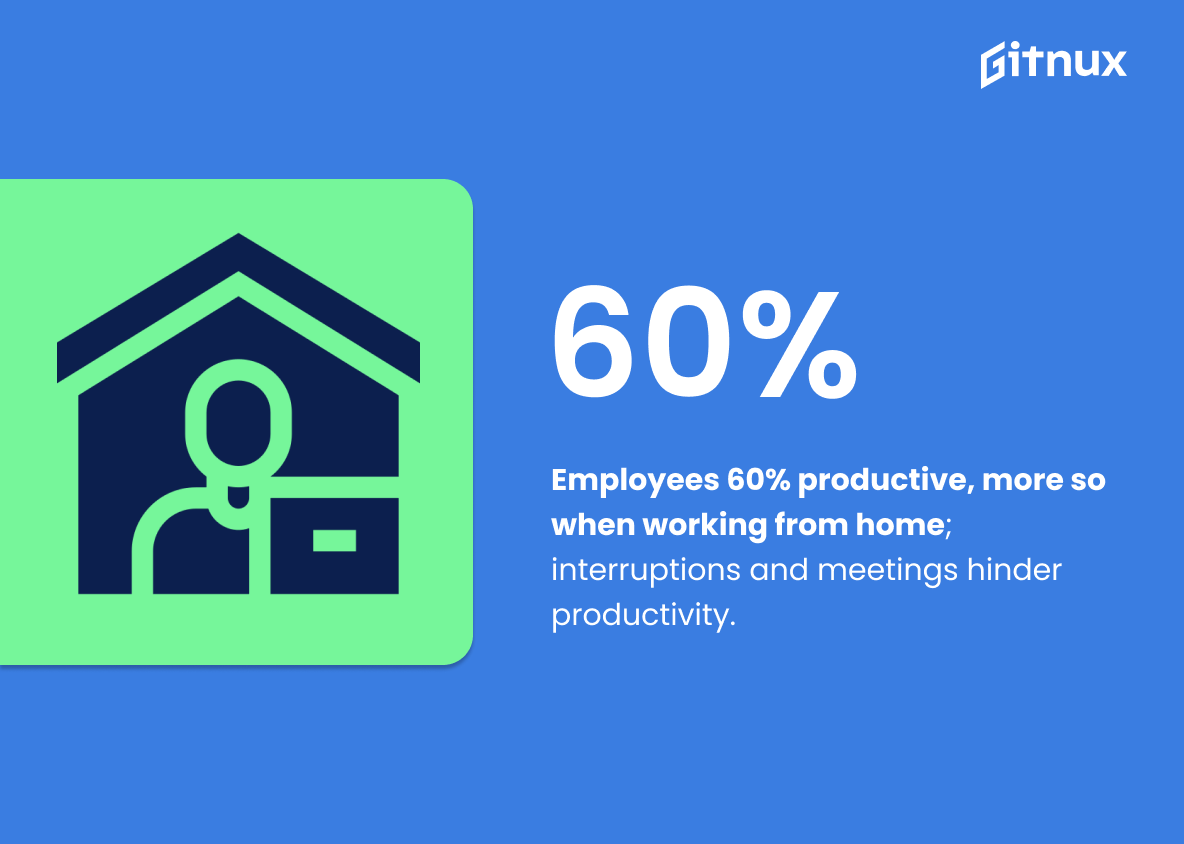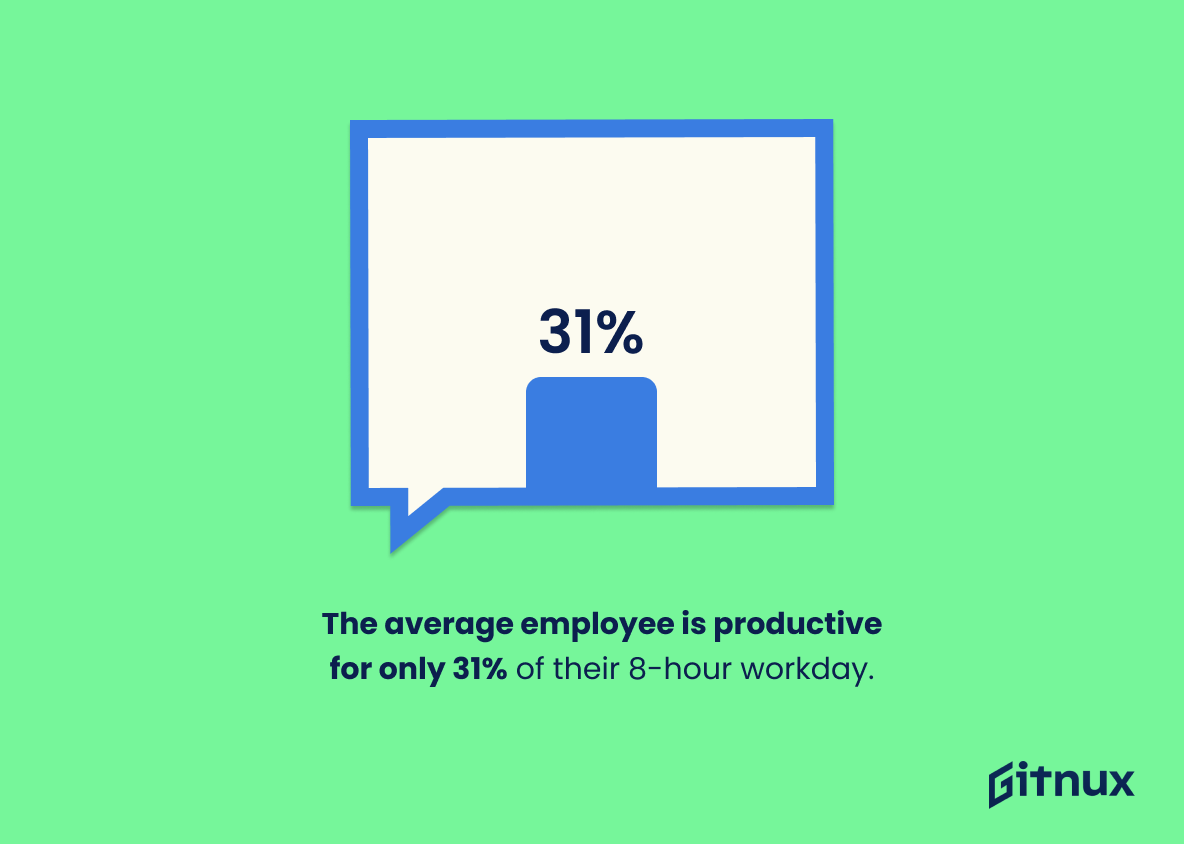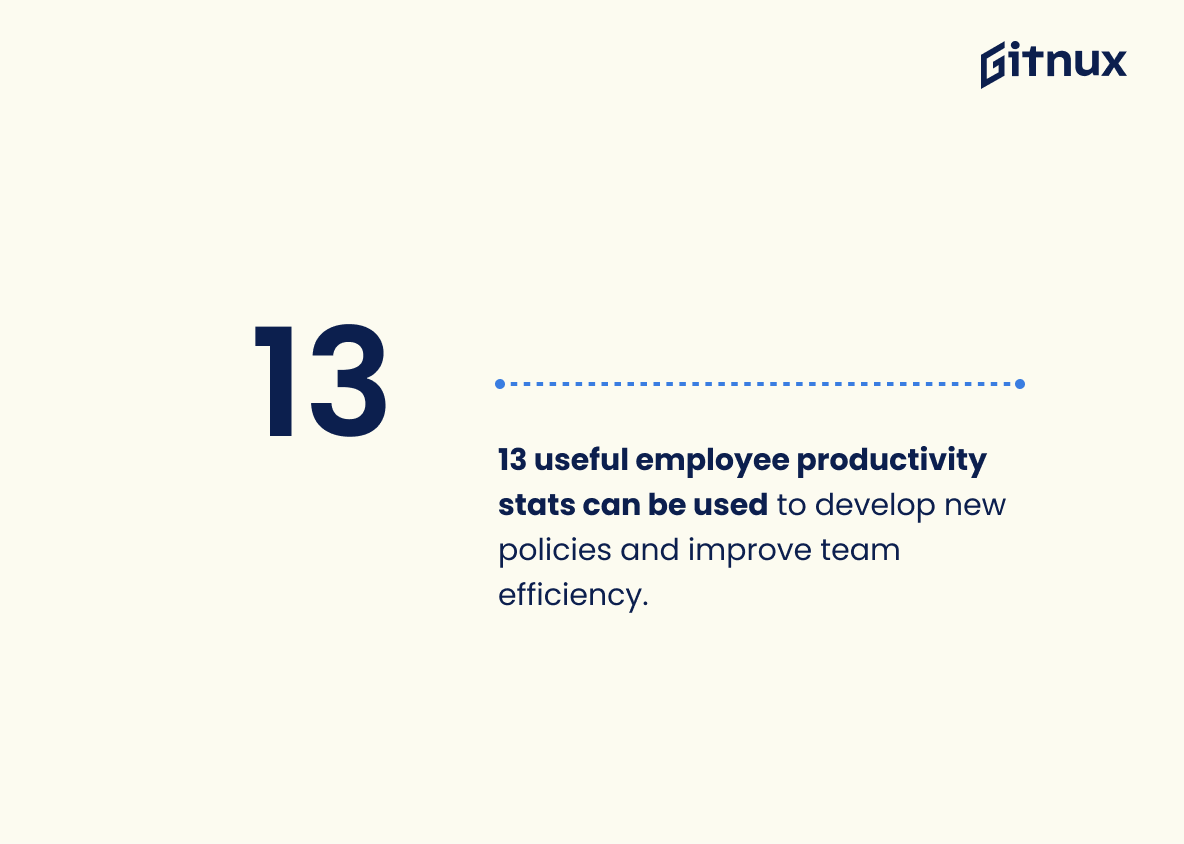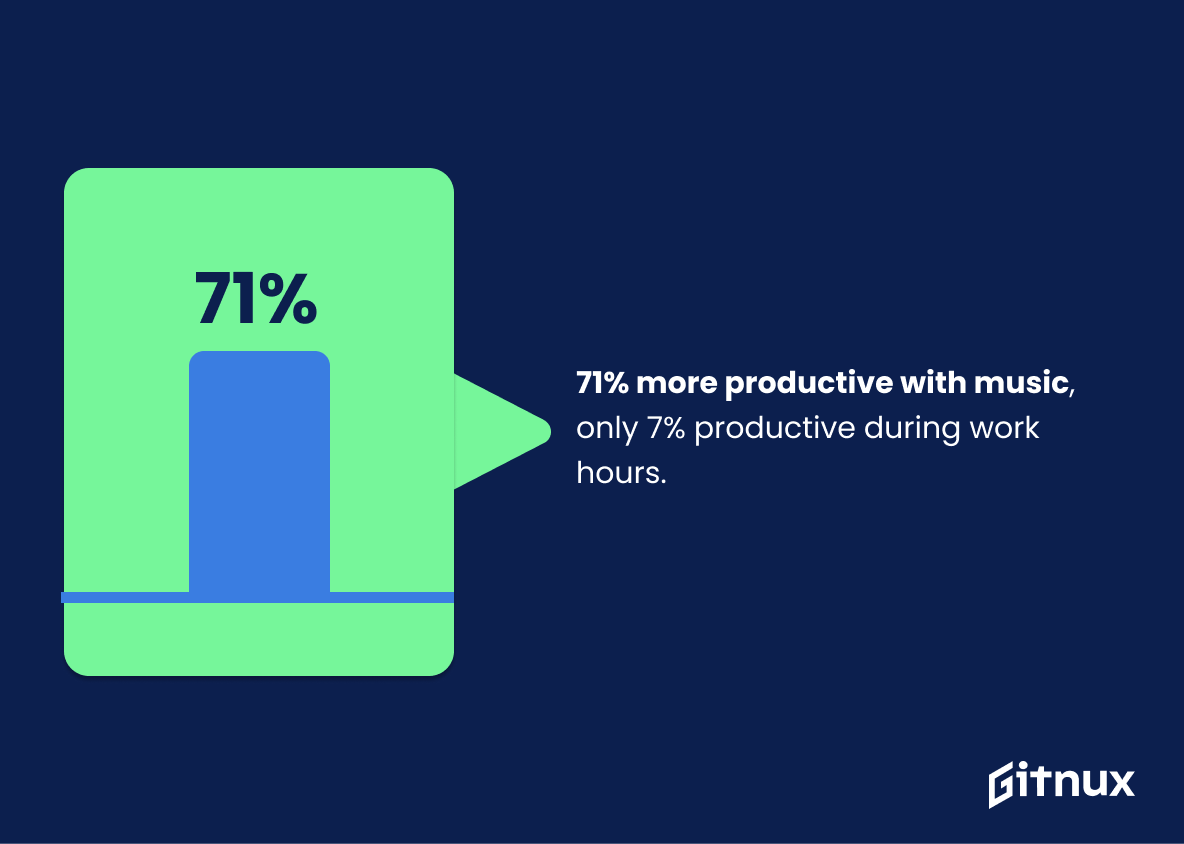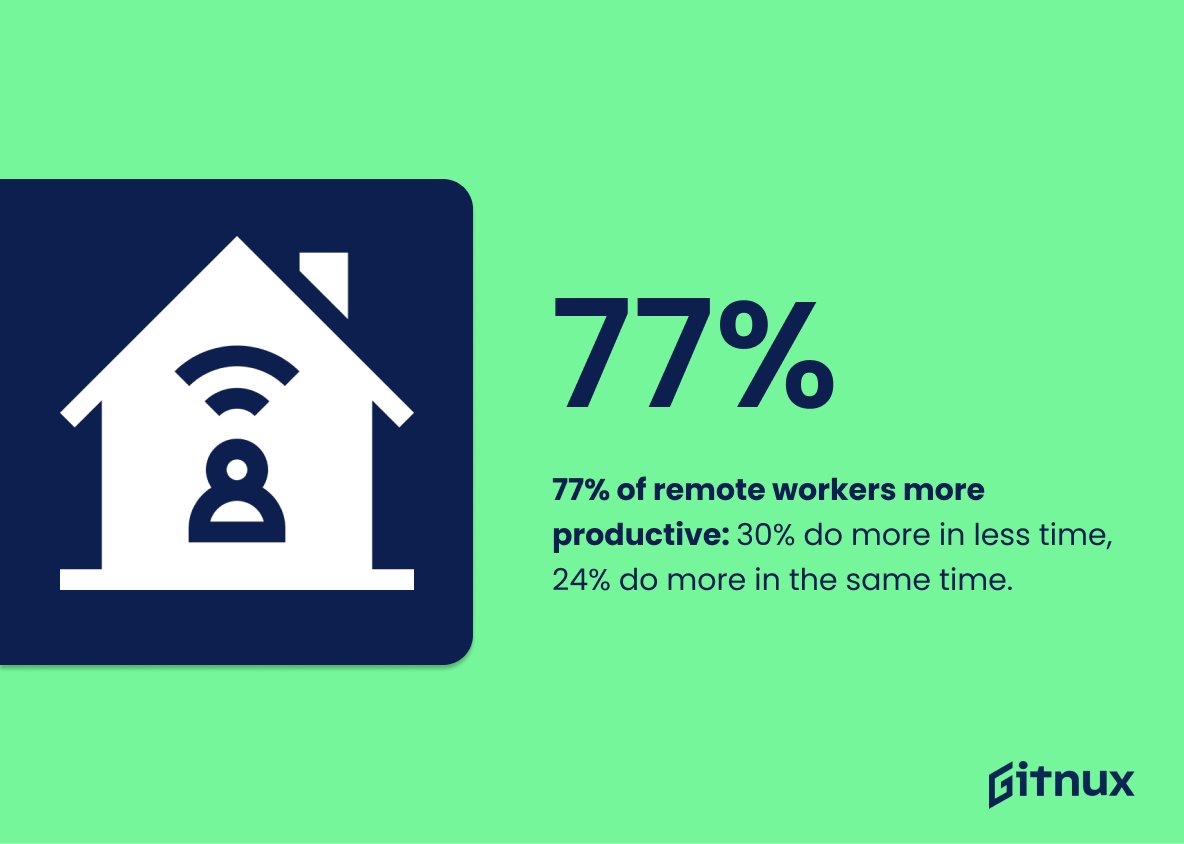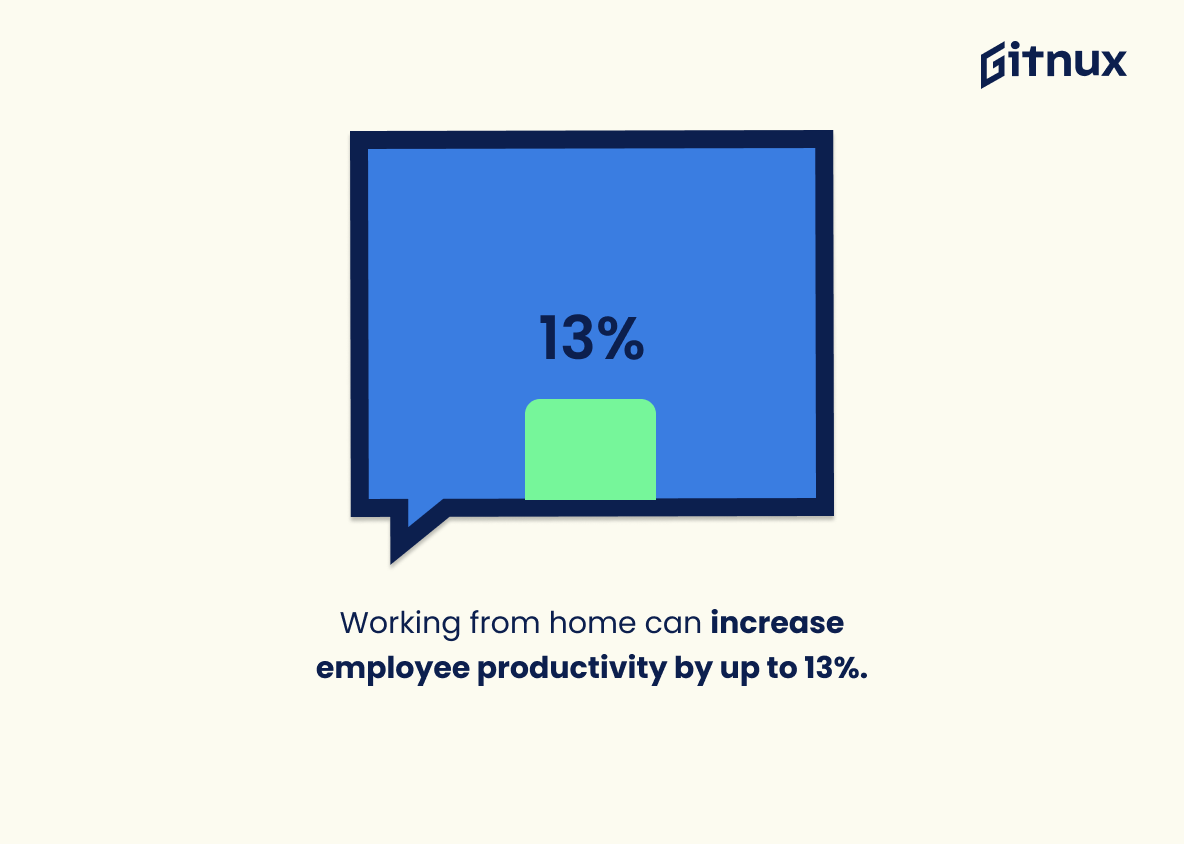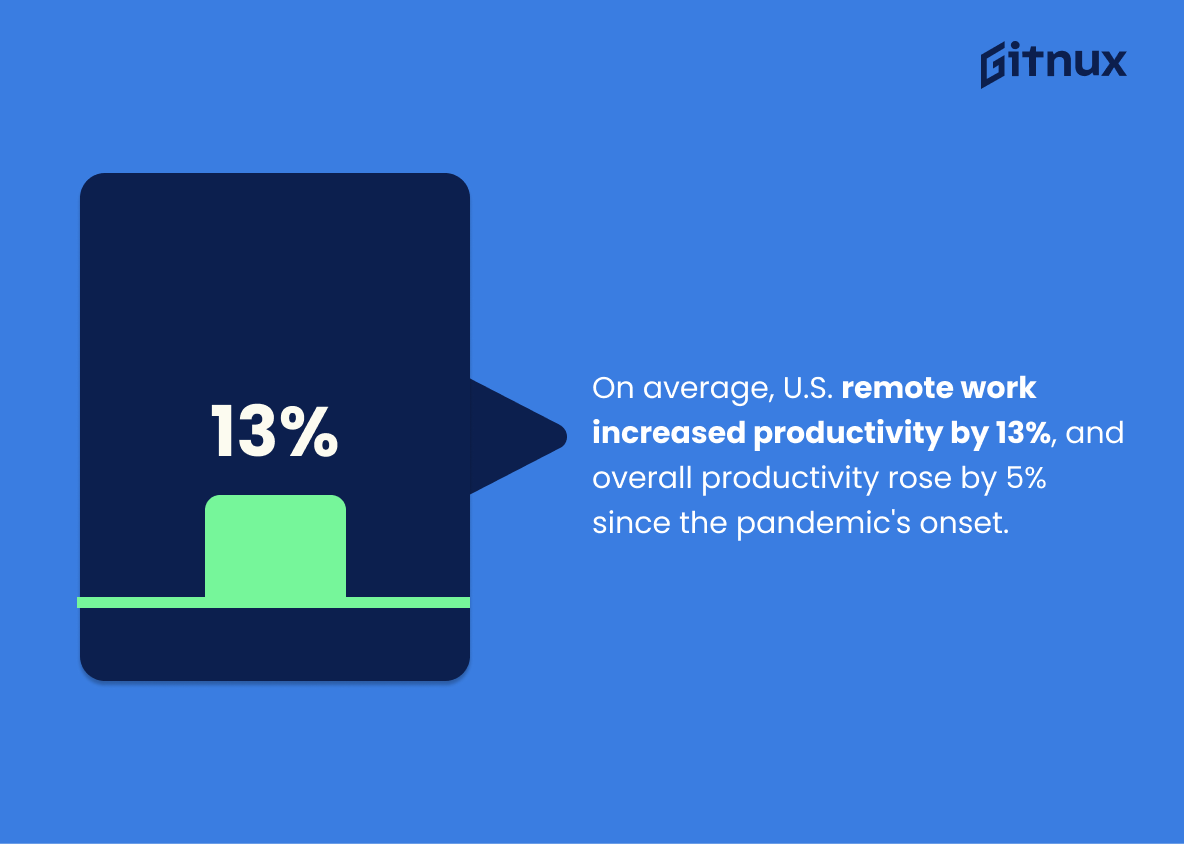Are you curious about how productive the average employee is? Do you want to know how you compare to the rest of the workforce? If so, then you’ve come to the right place.
In this blog post, we’ll be taking a look at the latest employee productivity statistics and what they mean for you. We’ll be exploring how employee productivity is measured, what factors influence it, and how you can use these statistics to improve your own productivity. So, let’s get started.
Employee Productivity: The Most Important Statistics
Software as a Service (SaaS) and hosted apps are the most common environment for employee productivity functions as of 2018.
32.2% of managers reported an increase in productivity following the 2020 shift to remote work.
Employee Productivity: Statistics Overview
The typical worker in Ireland is nearly 5 times more productive than the typical worker in Mexico, generating $109.5 of GDP per hour of labour compared to $22.2 in Mexico.
This statistic matters in the context of Average Employee Productivity Statistics because it highlights the differences in productivity between countries and can be used to inform policy decisions and investments to improve productivity in Mexico.
71% of people feel more productive while listening to music, while only 7% of workers consider themselves productive during official work hours.
This shows that music can have a positive effect on productivity and that the majority of workers are not productive during their regular working hours.
On average, employees are only productive 60% of the time, and are more productive when working from home; interruptions and ineffective meetings contribute to unproductivity.
This statistic matters in the context of Average Employee Productivity Statistics because it highlights the importance of creating an environment that is conducive to productivity. By understanding the factors that contribute to unproductivity, employers can make changes to their workplace to maximize employee productivity and increase profits.
The data includes information on seven different aspects of employee productivity. This matters in the context of Average Employee Productivity Statistics because it provides a comprehensive overview of the various factors that contribute to employee productivity. By understanding these factors, employers can better identify areas of improvement and develop strategies to maximize employee productivity.
Software as a Service (SaaS) and hosted apps are the most common environment for employee productivity functions as of 2018, with 36% of respondents using this workload environment.
This statistic is important in the context of Average Employee Productivity Statistics because it shows that the most common work settings for employee productivity functions are those that are cloud-based and hosted, which can help to improve employee productivity by allowing for easier access to data and applications.
On average, employees are only productive 60% of the time spent in the workspace.
This statistic is important because it highlights the need for organizations to focus on strategies to improve employee productivity, such as committing to excellence, intelligent planning of resources, and smart business ventures, in order to maximize the efficiency of their workforce.
Creating a great employee experience leads to improved productivity; trust-building communication is the foundation of that bond. This matters in the context of Average Employee Productivity Statistics because it highlights the importance of creating a positive work environment and fostering trust between employees and employers in order to maximize productivity.
By investing in creating a great employee experience, employers can expect to see an increase in productivity, which can lead to increased profits and success.
Productivity in the US is currently at an all-time high, but it is important to understand the implications of this in order to ensure that employees are being fairly compensated for their work.
This matters in the context of Average Employee Productivity Statistics because it provides a benchmark for employers to use when evaluating the performance of their employees and determining appropriate wages.
Workplace productivity is a measure of how efficient an employee is in a particular work setting over a specific period, and can be measured by output per hour or worker.
This matters in the context of Average Employee Productivity Statistics because it allows employers to measure the efficiency of their employees and identify areas where they can improve. This can help employers increase their overall productivity and profitability.
Productivity is about quality, not quantity, and employees with a good work-life balance are more productive; this matters because it can help improve Average Employee Productivity Statistics.
Productivity is an important goal in the workplace, but it can suffer due to various factors. This matters in the context of Average Employee Productivity Statistics because it highlights the need to understand the factors that can affect productivity, and to develop strategies to improve it.
This can help employers to maximize their employees’ productivity, and to ensure that their workforce is as efficient and productive as possible.
Workplace productivity can be affected by a variety of factors, such as tools, people, and temperature, which is important to consider when measuring Average Employee Productivity Statistics. It is important to consider the various factors that can affect workplace productivity when measuring Average Employee Productivity Statistics, as these factors can have a significant impact on the overall productivity of employees.
By understanding the various factors that can influence workplace productivity, employers can better understand the performance of their employees and make adjustments to improve productivity.
Employees are only productive 60% of the time, and are more productive working from home; interruptions and ineffective meetings contribute to unproductivity.
This statistic matters in the context of Average Employee Productivity Statistics because it highlights the importance of creating a productive work environment to maximize employee productivity.
It also suggests that companies should consider allowing employees to work from home, as this could help increase productivity. Additionally, it emphasizes the need for companies to reduce interruptions and hold effective meetings in order to maximize employee productivity.
The average employee is productive for only 31% of their 8-hour workday.
This statistic is important because it highlights the need for employers to find ways to increase employee productivity in order to maximize the efficiency of their workforce.
By understanding how much time employees are actually productive, employers can better allocate resources and create strategies to increase employee productivity.
Productivity statistics can help employees become more productive. Productivity statistics can provide valuable insights into how employees can become more productive. By understanding the average productivity of employees, employers can identify areas where they can make improvements and increase efficiency. This can help employees become more productive and improve their overall performance.
13 useful employee productivity stats can be used to develop new policies and improve team efficiency.
This matters in the context of Average Employee Productivity Statistics because it provides employers with the data they need to make informed decisions about how to best manage their teams and optimize their productivity.
By having access to these stats, employers can create policies that are tailored to their specific needs and help to increase the overall efficiency of their employees.
71% of people feel more productive while listening to music, while only 7% of workers consider themselves productive during official work hours.
This statistic shows that music can be a helpful tool for improving employee productivity.
It also highlights the importance of creating a productive work environment, as only 7% of workers consider themselves productive during official work hours.
This statistic is important in the context of Average Employee Productivity Statistics, as it provides insight into how employers can improve their employees’ productivity.
Productivity is about quality, not quantity, and is dependent on employee well-being. This matters in the context of Average Employee Productivity Statistics because it emphasizes the importance of employee well-being in order to maximize productivity.
If employees are not happy and healthy, their productivity will suffer. Therefore, it is important to ensure that employees have a good work-life balance in order to maximize their productivity.
77% of remote workers show increased productivity, with 30% doing more work in less time and 24% doing more work in the same period of time.
This statistic is important because it shows that remote work can be an effective way to increase employee productivity. It suggests that companies should consider allowing employees to work remotely, as it could lead to increased productivity and efficiency.
Working from home can increase employee productivity by up to 13%.
This statistic is important because it demonstrates that allowing employees to work from home can be beneficial to their productivity. This is especially relevant in the context of Average Employee Productivity Statistics, as it shows that allowing employees to work from home can help to improve overall productivity levels.
32.2% of managers reported an increase in productivity following the 2020 shift to remote work.
This statistic is important because it shows that remote work can be an effective way to increase employee productivity. It also provides insight into how employers can adjust their strategies to maximize productivity in the future.
On average, working from home has increased worker productivity in the U.S. by 13%, and overall productivity has increased by 5% since the start of the pandemic.
This statistic is important because it shows that working from home can be beneficial for employee productivity. This is especially important during the pandemic, when many people are unable to work in the office. By understanding the positive impact of working from home, companies can better adjust their policies to maximize employee productivity.
Conclusion
In conclusion, employee productivity is an important factor in the success of any business. By understanding the average employee productivity statistics, businesses can better understand how to optimize their workforce and maximize their profits.
By utilizing the data available, businesses can make informed decisions that will lead to increased efficiency and higher profits.
References
1 – https://www.statista.com/chart/14435/how-productive-is-an-hour-of-work/
2 – https://clockify.me/productivity-statistics
3 – https://www.apollotechnical.com/employee-productivity-statistics/
4 – https://financesonline.com/productivity-statistics/
5 – https://www.statista.com/statistics/947575/worldwide-employee-productivity-functions-primary-environments/
6 – https://teamstage.io/productivity-statistics/
7 – https://firstup.io/blog/employee-productivity-statistics/
8 – https://www.zippia.com/advice/productivity-statistics/
9 – https://goremotely.net/blog/productivity-statistics/
10 – https://www.oak.com/blog/employee-productivity-statistics/
11 – http://www.applauz.me/resources/employee-productivity-statistics
12 – https://www.formstack.com/resources/blog-workplace-productivity-statistics
13 – https://www.apollotechnical.com/employee-productivity-statistics/
14 – https://www.zippia.com/advice/productivity-statistics/
15 – https://goremotely.net/blog/productivity-statistics/
16 – https://www.business2community.com/human-resources/15-surprising-employee-productivity-statistics-that-will-impress-you-02443937
17 – https://clockify.me/productivity-statistics
18 – https://www.oak.com/blog/employee-productivity-statistics/
19 – https://www.apollotechnical.com/working-from-home-productivity-statistics/
20 – https://biz30.timedoctor.com/work-from-home-productivity/
21 – https://dataprot.net/statistics/remote-work-statistics/
22 – https://www.zippia.com/advice/working-from-home-productivity-statistics/
ZipDo, cited June 2023: Employee Productivity Statistics


